
By Jennifer E. Graham
Blackwell’s Five-Minute Veterinary Consult Avian fills a unique niche by providing comprehensive information on common topics in avian medicine in a highly organized and efficient manner, allowing busy practitioners and students to quickly find much needed information. A companion website provides algorithms, procedure guides, and client education handouts, which can be downloaded, edited, and given to clients.
Written by the leading experts in the field, Blackwell’s Five-Minute Veterinary Consult: Avian 2nd Edition offers close to 200 identically formatted topics on avian conditions, with updated and expanded information on non-infectious disease topics like neoplasia, beak malocclusion, diseases of the bursa, nails, and tongue, among others, and infectious disease topics such as herpesviruses, helminthiasis, arboviruses and backyard poultry infectious diseases. This latest edition has been expanded by more than 50% and numerous subjects have been restructured and expanded.
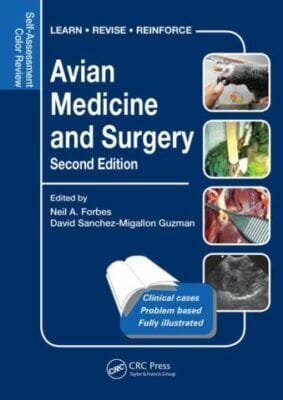
Features
- Viral Diseases including circovirus, bornavirus, avian influenza, west nile virus, polyomavirus, poxvirus, and herpesviruses
- Bacterial Diseases including colibacillosis, campylobacteriosis, chlamydiosis, pasteurellosis, clostridiosis, salmonellosis, and mycoplasmosis
- Fungal Diseases including aspergillosis, candidiasis, and macrorhabdosis
- Parasites including flagellates, coccidia, myiasis, ectoparasites, helminths, and toxicosis including iatrogenic, ingested, airborne, algal biotoxins, heavy metals, and pesticides
- Orthopedic and traumatic conditions such as beak injuries, neurologic trauma, fractures, luxations, joint diseases and wounds, with neoplasia by organ system
- Critical Care including hypotension, respiratory distress, seizures, hemorrhage, pain, and internal medicine including cardiac disease, cloacal diseases, ocular diseases, diabetes insipidus, atherosclerosis and thyroid diseases
Table of Contents
General Topics and Diseases
- Adenoviruses
- Adrenal Gland Diseases
- Aggression (see Problem Behaviors: Aggression, Biting, and Screaming)
- Air Sac Mites
- Air Sac Rupture
- Airborne Toxicosis (see Toxicosis: Airborne)
- Algal Biotoxins
- Amyloidosis
- Anemia
- Angel Wing
- Angular Limb Deformity (Splay Leg)
- Anorexia
Infectious and Viral Diseases
- Arboviruses (see Eastern and Western Equine Encephalitis, Usutu Virus, West Nile Virus)
- Aspergillosis
- Avian Influenza
- Avian Vacuolar Myelinopathy
- Bornaviral Disease (Aquatic Birds, Psittaciformes)
- Campylobacteriosis
- Candidiasis
- Circoviruses (Psittacines and Non-Psittacines)
- Chlamydiosis
Cardiac and Respiratory Conditions
- Congestive Heart Failure
- Atherosclerosis
- Respiratory Distress
- Aspiration Pneumonia
- Myocardial Diseases
Gastrointestinal and Hepatic Diseases
- Enteritis and Gastritis
- Coccidiosis (Intestinal and Systemic)
- Crop Burn
- Cryptococcosis
- Liver Disease
Reproductive Disorders
- Chronic Egg Laying
- Dystocia and Egg Binding
- Egg Yolk and Reproductive Coelomitis
- Ovarian Diseases
- Oviductal Diseases
Parasites and Related Diseases
- Ectoparasites (Mites, Ticks, Lice)
- Helminthiasis (Cardiovascular, Gastrointestinal, Neurological, Respiratory)
- Protozoal Infections
- Toxoplasmosis
Neurologic and Musculoskeletal Disorders
- Neural Larva Migrans
- Neurologic Trauma and Non-Traumatic Diseases
- Joint Diseases (Arthritis, Degenerative Joint Disease)
- Tendinitis and Tenosynovitis
- Brachial Plexus Injury
Toxicosis and Environmental Hazards
- Toxicosis (Airborne, Anticoagulant Rodenticides, Heavy Metals, Vitamin D)
- Electrocution
- Oil Exposure
Behavioral Issues
- Feather-Damaging and Self-Injurious Behavior
- Problem Behaviors: Aggression, Biting, and Screaming
Common Physical Injuries
- Beak Injuries and Malocclusion
- Fractures
- Luxations
- Frostbite
- Predator Attacks and Wounds
Additional Conditions and Disorders
- Pain
- Diabetes Mellitus and Insipidus
- Obesity
- Hemoparasites
- Polyuria and Polydipsia
- Ocular Lesions
- Rhinitis and Sinusitis
Appendices
- Appendix I: Common Dosages for Birds
- Appendix II: Avian Hematology Reference Values
- Appendix III: Laboratory Testing (USA)
- Appendix IV: Viral Diseases of Concern
- Appendix V: Selected Zoonotic Diseases and Personal Protection
- Appendix VI: Common Avian Toxins and Their Clinical Signs
- Appendix VII: Avian Taxonomy
Clinical Algorithms
- Sick-Bird Syndrome
- Diarrhea
- Regurgitation/Vomiting
- Respiratory Distress
- Coelomic Distension
- Egg Binding
- Anemia
- Oropharyngeal Lesions
- Neurologic Signs
- Polydipsia
- Polyuria
- Feather Loss
- Lameness
- Hyperuricemia
- Hepatopathy
- Wing Droop
- Respiratory Distress in Chickens
- Cloacal Prolapse
Get This Book – Instant Download





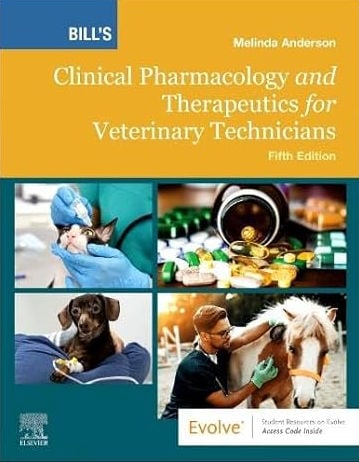

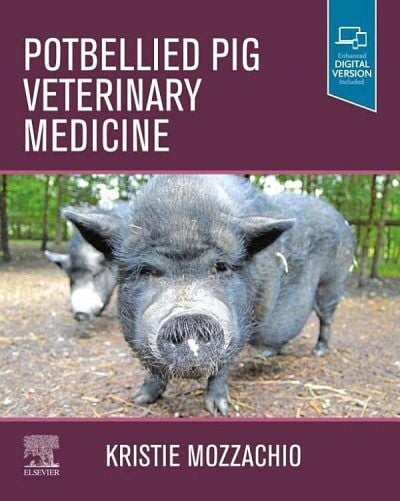

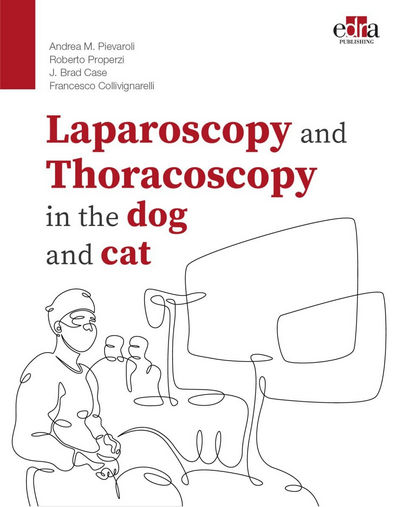

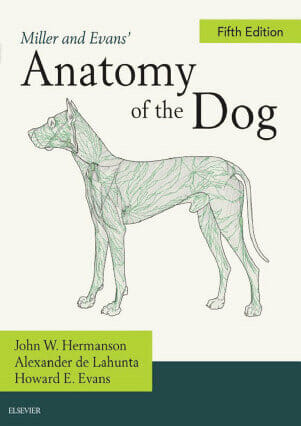





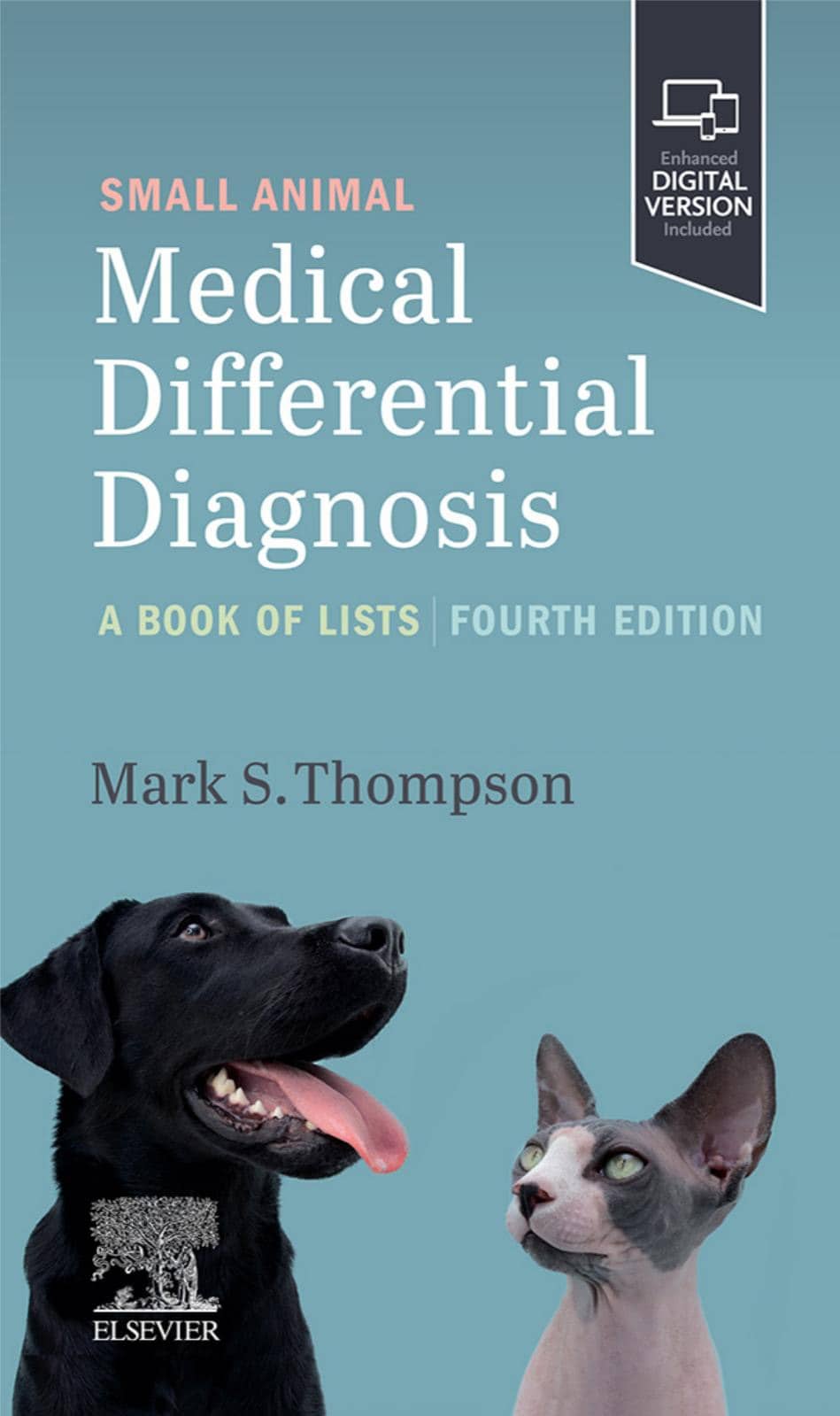
















![Ettinger’s Textbook of Veterinary Internal Medicine 9th Edition [PDF+Videos] Ettinger’s Textbook of Veterinary Internal Medicine 9th Edition [True PDF+Videos]](https://www.vet-ebooks.com/wp-content/uploads/2024/10/ettingers-textbook-of-veterinary-internal-medicine-9th-edition-100x70.jpg)





